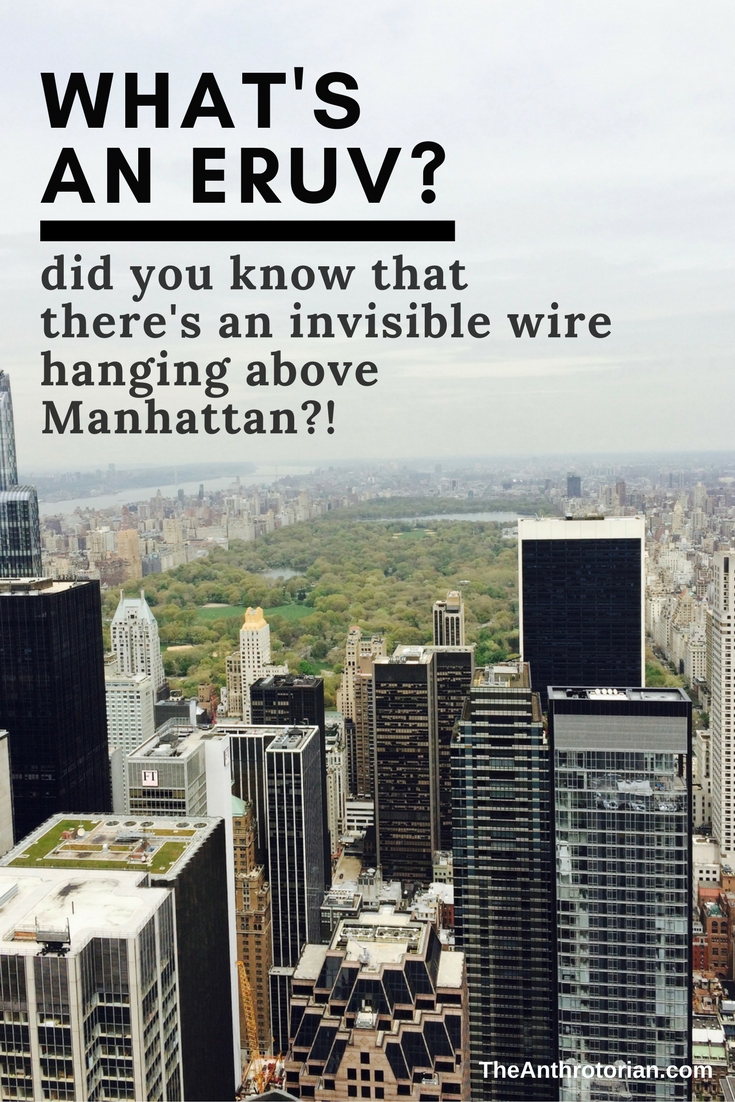Virus carrying mosquitoes, microscopic poisonous spiders, giant man-eating bears... there are a lot of things that can kill you when you are traveling. Especially when you aren't aware of them. Every country you visit has dangers that you may never encounter, but are important to at least know about.
Here's what could kill you in Canada if you aren't prepared:
1. Bears
Yes, there are bears in Canada (black bears, grizzly bears, polar bears), but these animals are not out to get you. They live in the mountains, forests and isolated areas of the country, and usually only come out of the wilderness when searching for food or if there has been weird weather. You won't find them in big cities (unless they're in a zoo).
The only time you should ever come face-to-face with one of these animals is if you are hiking or camping and have left out food or have stumbled into their territory. They can usually be scared away with loud noises (shout or bang on a pot), but if you encounter an especially aggressive bear don't make eye contact and back slowly away while speaking in a monotone voice so it can identify you as human. If this doesn't work, curl up in a ball on the ground, protecting your neck and soft spots. (Read my post on How To Survive A Bear Attack).
As long as you are smart, and don't deliberately enter an area where bears have been spotted, you should never encounter them.
2. Cougars
This is also an animal that you will only encounter in the wilderness, but they are more wily than bears, and are known to track and hunt humans. The best way to avoid them is to ensure that your food is safely stowed when camping and make sure if you have to (ahem) do your business in the woods where these animals are present that you have someone watching your back or you are in a spot where you can't be attacked from behind. If you do come upon a cougar, try and make yourself as big as possible and that should scare them away.
3. Snakes
There are only a few venomous snakes in Canada (none of which usually cause death unless there are complications) and they are located in very specific regions. The Northern Pacific rattlesnake lives in the interior of British Columbia in short-grass prairies; the Desert Nightsnake likes hot dry areas in BC and only comes out at night; the small Massasauga lives in the Georgian Bay area of Ontario and is not very aggressive; and the large (up to 1.6m) Prairie rattlesnake is found in the prairies of southern Saskatchewan and Alberta.
4. Wolves
These animals travel in packs but avoid humans unless they are hungry or feel threatened. You will only come upon them if you are directly in their territory, or leave food out when camping or hiking.
5. Spiders
Fiddleback Spiders (aka Brown Recluse spiders) are venomous, and hide in dry, undisturbed places. Their bites are capable of causing a rash, nausea, fever, but rarely death. Black Widow spiders can be found near the American border, but these are also rare.
6. Cold
Once winter hits, it gets cold, like really cold, all across the country. I'm talking -30 to -40 Celsius (-22 to -40 Fahrenheit) for days on end. You need to have proper clothing — hat, mitts, scarves, jackets, boots — if you are going to be outside for any significant length of time to make sure you don't get frostbite or hypothermia. Be ready to walk on ice without slipping as well!
You also need to know how to drive on ice, plug in your vehicle, and be ready to scrape your windows before you drive.
7. Traffic
Anyone used to being a pedestrian in other countries will have a bit of learning to do in Canada. Most cities are build for vehicles, not people, and jaywalking is not the norm. You are expected to cross at marked crosswalks, and don't expect vehicles to stop for you — or even be paying attention to you — if you try and step off the curb in the middle of a street.



